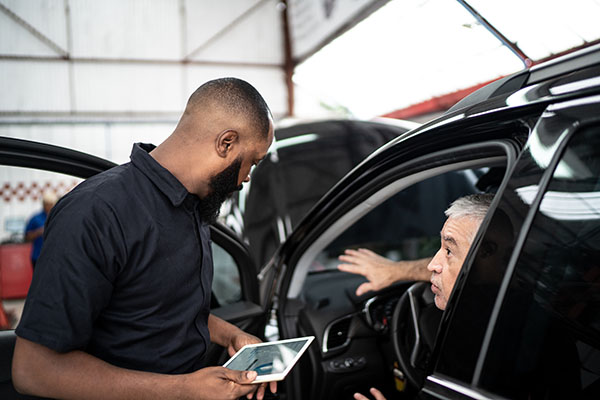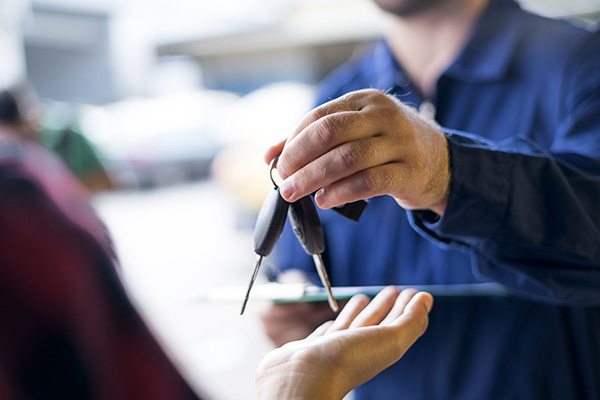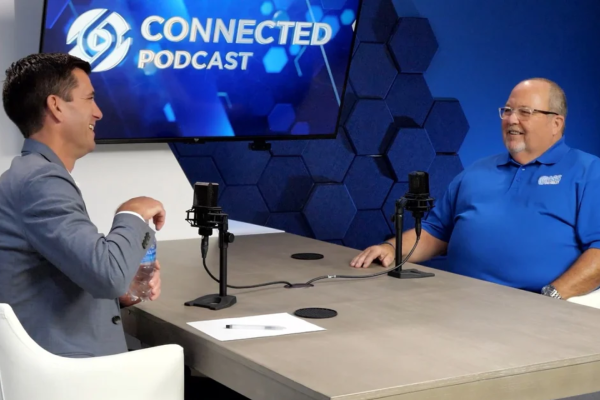Your Advisors Need to Stop Calling Customers

Article Highlights:
- Studies show customers prefer to communicate through text messaging.
- Only 3% of dealerships are using text messaging in service.
Alexander Graham Bell first patented the phone in 1876. Since then, the phone has gained a clearer signal, lost its wires, and turned into a handheld device most people won’t leave a room without. If anyone wants to reach out to a friend, a relative, or a customer, they first reach for their phones.
However, in a service drive, getting to the phone takes time. Advisors already have a lot on their plate from getting recommendations from the techs, looking up labor times, balancing the customers already in the lobby, greeting customers coming in, and then they have to find time to sit down and get on the phone amidst this everyday chaos.
Meanwhile, your drop-off customer is out shopping, seeing a movie, or hanging out with their friends until their ride is ready. If they see a call from a number they don’t recognize, they will let it go to voicemail. In fact, according to a recent study, only 52% of calls are answered while the rest go to voicemail. Unanswered calls are only projected to increase with the number of robocalls rising (robocalls rose 46% from 2017 to 2018).
After the first voicemail from your advisors, the game of phone tag begins. At roughly 30 seconds to two minutes per phone call, depending on the length of voicemail, time spent on the phone can add up quickly. Multiply that by two calls per repair order, then by your number of drop offs, and the numbers don’t lie. Advisors are wasting time and money trying to call your customers.
What’s the easiest way to communicate with customers and keep advisors from playing phone tag? Texting.
According to a study by DealerRater, both mass-market and luxury brand customers preferred a text to let them know their vehicle was ready far more than a phone call, a conversation, or any other form of communication. Yet, only three percent of dealerships are using text messaging in service.
Texting is an easy way to get ahead of this industry curve. One enhancement could make you part of a small percentage of dealership service drives that are beating the competition at bringing customers back. According to the 2017 JD Power Study, 67% of customers who are contacted by text message say they will definitely return to the dealership for service work.
Even recently we can see from the 2019 JD Power CSI Study satisfaction is 75 points higher for all-digital dealerships, with customers preferring to communicate with the dealer through text messages.
When looking for a texting service, dealers should be cautious of the legalities involved. Make sure the provider offers an opt-out option on every text and the text messages are stored securely. It’s also good to have text messages stored within the DMS for a few months at a time in case a legal matter arises. Previous texts should also be easily accessible if there is a discrepancy during the appointment.
With text messaging at their fingertips, why are your advisors still calling customers? Get ahead of the competition and exceed customer expectations with text messaging.
Related Articles:

3 Reasons You Need a CRM in Your Service Drive
If you’re not currently using a customer relationship management (CRM) tool in your service department, you’re probably wondering if it’s worth having. Optimizing the limited…

3 Tips to Build a Better Check-In
Service check-in is a foundational part of every service visit, but when is the last time you stopped to evaluate the process? Your service advisors…

Tackling Technician Turnover
Retaining technicians in an industry riddled with turnover is never easy. So how do you do it?

3 Things the NFL and Your Fixed Ops Department Have in Common
The similarities between your fixed ops department and the NFL.















